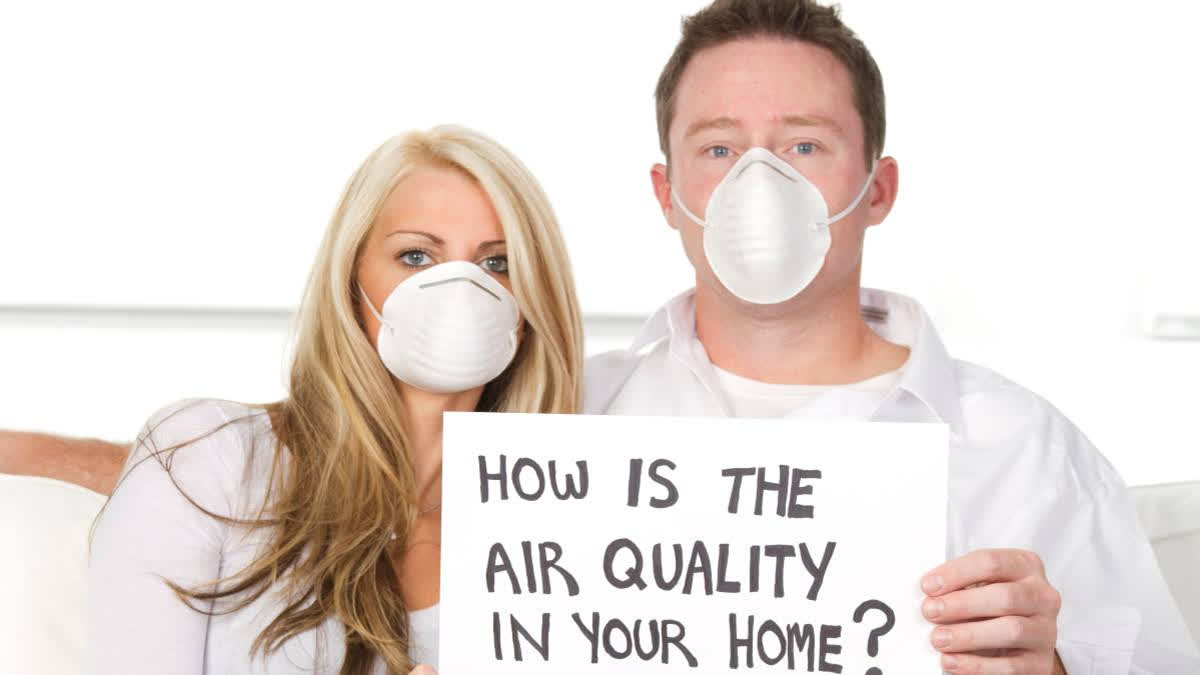New Delhi: As the pollution level is already crossing danger levels in several parts of the country, especially in Delhi and NCR, the Centre has asked the States in UTs to adopt strategic guidelines to mitigate household air pollution.
Household air pollution is caused largely by the burning of polluting fuels such as wood, animal dung, charcoal, agricultural waste, and kerosene in open fires or inefficient stoves in and around the household.
Studies suggest that exposure to household air pollution additionally causes low birth weight, stillbirth, asthma, ear infections, upper respiratory infections, tuberculosis, cataract, nasopharyngeal and laryngeal cancers, and cervical cancer among others.
With an aim to minimise household air pollution, the national centre for disease control as well as the health ministry department has suggested mitigate or reducing front sources such as cooking with solid fuels like “firewood" cow dungs, coal and kerosene, heating purposes during colder or winter days from solid fossil fuels, lighting purposes from kerosene lamps etc.
It has also been suggested to avoid smoke from mosquito coils or incense sticks during poor air quality days.
“Smoking of cigarettes, bidis, and traditional hookah also create household air pollution,” the ministry said in an advisory.
It also suggested to mitigate outside pollution sources such as nearby construction sites, and materials like paints, and composite products, vehicular exhausts in houses nearby the road.
“The household pollution is a major source of several health diseases. Exposure to household air pollution causes many health problems such as pneumonia in children, and chronic obstructive pulmonary disease, lung cancer, stroke, and cardiovascular disease in adults,” said Dr Tamorish Kole, chair of the Clinical Practice Committee of the International Federation for Emergency Medicine.
